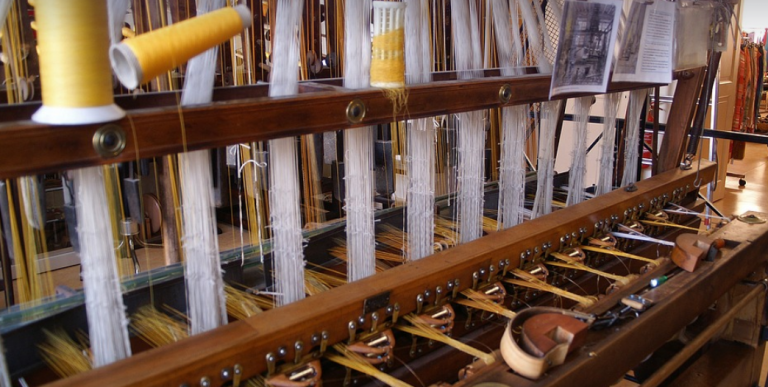
Understanding the Need for Slow Feeders
Every horse owner wants their equine companion to be happy, healthy, and well-nourished. But as we all know, horses are notorious for gobbling down their food in a flash! This can lead to digestive issues like bloating, colic, and even malnutrition.
Slow feeder horse nets provide a solution to this common problem. They offer a more controlled feeding experience for your horse, promoting healthier grazing habits and ultimately contributing to overall well-being.
Why slow feeders work so well is due to the combination of factors that contribute to a horse’s natural digestion and diet. First and foremost, horses have a naturally strong instinct for chewing. They are designed to eat slowly and thoroughly grind their food through their molars, which aids in proper digestion.
These instincts don’t always get catered to by the modern feeding environment. Overeating can happen quickly due to easily accessible, pre-portioned feeds and even just plain boredom. Slow feeder horse nets offer a way to reignite these natural processes. They engage your horse’s chewing muscles and encourage them to take their time while eating, leading to better digestion.
These benefits extend beyond just improved digestion. Slow feeders also help regulate the horses’ appetite, which is especially important when dealing with picky eaters or those who tend to overeat. By slowing down the consumption of food, you can prevent them from feeling overly full and potentially experiencing digestive discomfort.
Another benefit that cannot be overlooked is the control they offer over your horse’s diet. It allows greater flexibility in terms of feeding choices, even for horses with dietary restrictions.
Beyond these benefits, slow feeder horse nets can also add a touch of fun to your horse’s daily routine, making mealtime more enjoyable and interactive.
Choosing the Right Slow Feeder
There’s an array of slow feeder options available, each with its own unique features and benefits. To make an informed decision, it is crucial to consider your horse’s specific needs and preferences:
**Material:**
* **Netted:** These are the most popular option as they allow for more flexibility in feeding. They often come in various sizes and shapes to suit different appetites.
* **Mesh:** Mesh-style feeders offer a similar effect to netted feeders, but with a slightly more structured approach.
* **Troughs:** These are often preferred by horses who prefer eating from a stable structure.
**Design:**
* **Classic Nets:** Traditional styles, known for providing durability and ease of use, while still allowing for thorough chewing.
* **Spiral/Rope:** This style is ideal for picky eaters who tend to push around food, as the spiral-shaped design helps them navigate the feed in a more controlled way.
* **Puzzle-style:** For those horses with an active mind and love of challenges, this type offers a series of levels that needs to be solved before accessing their meal.
**Size and Shape:**
It is absolutely vital to choose the right size and shape for your horse.
* **Head Size:** The net or trough should comfortably accommodate your horse’s head, allowing them to reach all parts of the food without any discomfort.
* **Food Capacity:** Consider how much food your horse consumes at a time and then calculate a suitable size for their feed.
* **Activity Level:** A high-energy horse will need a more robust feeder that can handle the increased force applied while eating compared to a calm, low-activity horse.
Introducing Slow Feeders to Your Horse’s Routine
Transitioning your horse to a slow feeder requires patience and persistence.
**Step 1: Introduce Gradually:** Begin by introducing the slow feeder alongside your usual feeding routine. Start by placing it in one area, like their stall or pasture, where they can explore it at their leisure.
**Step 2: Monitor Progress:** Keep a close watch on your horse’s eating behavior and adjust the setup as needed. If you notice your horse struggling to manage the net, you can try using a smaller size or adjusting the food placement.
**Step 3: Encouraging Slow Feeding:** Remember that slow feeding is about creating habits. You want them to associate the feeder with good mealtimes!
**Step 4: Adjust as Needed:** As your horse becomes more comfortable, you can gradually increase the net’s depth or adjust the placement of food in it. The goal is to find a balance that encourages slow eating but doesn’t restrict their access to food.
Cleaning and Maintenance
**Regular cleaning:** Keeping the feeder clean is crucial for maintaining hygiene and preventing mold growth. Cleaning your horse’s feeder regularly by removing any leftover food scraps, hay, or bedding will help keep it fresh and prevent digestive issues.
**Inspecting Regularly:** Periodically inspect the net to look for wear and tear. Check the mesh for holes or tears to ensure they are not compromising the feeding experience.
Remember that slow feeders require adjustments as your horse adapts. It may take some time before your horse truly embraces this change, but with patience, consistency, and a little trial-and-error, you can help them develop healthier eating habits.


